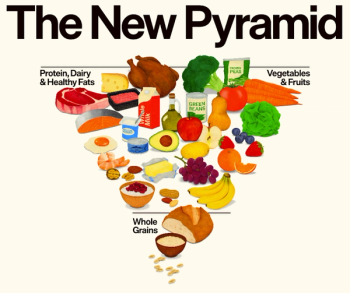
Older adults embrace non-traditional medical care sites, poll finds
Urgent care, retail clinics, and other alternative care win on convenience, but patients still prefer traditional primary care
In a shift emblematic of evolving health care trends, a survey conducted by the
Over the past two years, the poll indicates that 60% of individuals in this age group have visited alternative care sites, such as
The motivations behind these visits varied, with 44% citing a desire to avoid emergency room visits, while 35% sought services such as vaccinations, tests, or examinations. The convenience and accessibility of these sites, particularly during the COVID-19 pandemic, played a significant role in their appeal.
However, despite the increasing utilization of alternative care sites, a clear preference for traditional primary care providers persists among older adults. The majority expressed satisfaction with the quality of care and the sense of connection experienced at their regular clinics. For 74% of respondents, this preference for their primary care provider remained the primary reason for not opting for alternative care in the future.
Dr. Jeffrey Kullgren, the poll director and a primary care physician, highlighted the transformative impact of these alternative care options on the health care landscape, emphasizing their role in addressing the
Key findings from the poll include variations in the utilization of alternative care sites based on age, gender, and geographic location. Younger individuals, women, and those residing in urban or suburban areas were more likely to seek care at non-traditional sites. Moreover, while cost considerations were not the primary driver for utilizing alternative care, a notable proportion expressed concerns about affordability and insurance coverage.
Looking ahead, the poll suggests a continued trend towards the adoption of non-traditional medical care among older adults, with 43% expressing likelihood of seeking care at alternative sites in the next two years. As health care delivery continues to evolve, policymakers and clinicians are urged to ensure that these alternative care options are integrated seamlessly into the broader health care system, prioritizing quality, accessibility, and patient satisfaction.
Newsletter
Stay informed and empowered with Medical Economics enewsletter, delivering expert insights, financial strategies, practice management tips and technology trends — tailored for today’s physicians.








